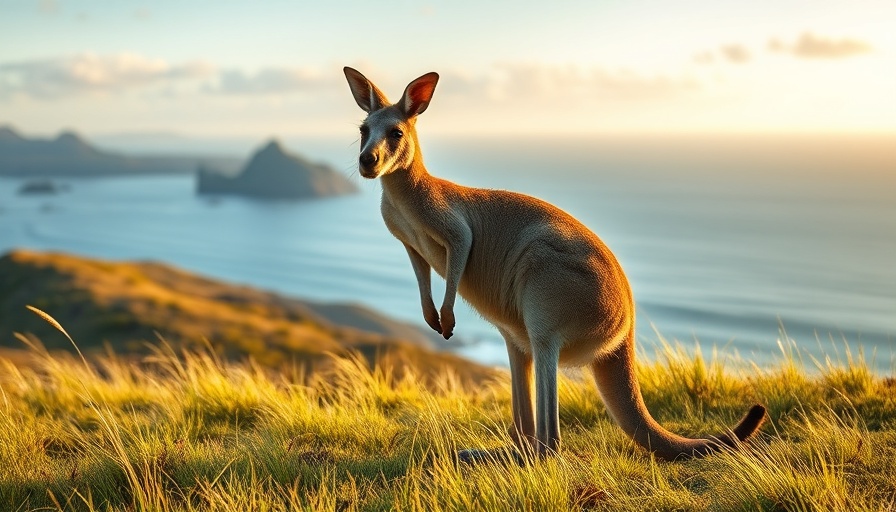
Transformative Breakthrough in Conservation Science
In a remarkable leap forward for wildlife conservation, scientists in Australia have successfully created the world’s first kangaroo embryo through in vitro fertilization (IVF). This pioneering achievement, conducted by researchers at the University of Queensland, is not just a scientific milestone but a beacon of hope for endangered marsupials that have been struggling for survival amid rising threats.
A Grim Context: The Need for Protection
Australia's biodiversity is under siege. Since European settlement, the nation has witnessed the extinction of at least 33 mammal species, a staggering rate that far exceeds that of other continents. This troubling decline has heightened the urgency of conservation efforts. While eastern grey kangaroos, the species involved in this pioneering trial, are not classified as endangered, many of their marsupial cousins, such as the iconic koalas and the Tasmanian devils, are teetering on the brink.
The Science of the Breakthrough: IVF and Marsupials
The groundbreaking work involved the careful selection and manipulation of kangaroo eggs and sperm in a lab environment. By employing a technique known as intracytoplasmic sperm injection (ICSI), scientists injected a solitary sperm directly into a mature egg. This innovative method holds promise for many of Australia’s marsupials which face a real threat of extinction.
Why Marsupials Matter: A Unique Ecosystem
Marsupials are a vital component of Australia's unique ecosystem. These distinct creatures carry their young in pouches, and their survival is integral to maintaining the balance of the country's wildlife. The work achieved by the research team is a crucial step in understanding and protecting these vulnerable species. According to the lead researcher Andres Gambini, this technique could bear fruit beyond kangaroos, potentially aiding other endangered species like northern hairy-nosed wombats and Leadbeater’s possums.
Community Involvement and Future Prospects
In 2022, the Australian government laid out a 10-year plan targeting extinction prevention. This ambitious initiative aims to conserve 30% of the nation’s landmass and safeguard 110 priority species. With public support and dedicated grassroots initiatives, there's a collective responsibility benefiting the environment. As communities rally around these efforts, the narrative shifts towards hope and resilience.
Cultivating Awareness: The Role of Education in Conservation
Education plays a formidable role in conservation. The more the community learns about these issues, the more engaged they become in conservation efforts. Schools, local organizations, and public initiatives can help raise awareness about the importance of protecting these unique species, instilling an early passion for environmental stewardship in younger generations. Knowledge served with enthusiasm can ignite a movement fueled by the community's shared values.
Next Steps: What This Means for Endangered Species
As we look to the future, the implications of this research stretch far beyond the realm of science. It opens new avenues for the preservation of endangered marsupials, providing a roadmap for innovative conservation strategies. The hope is that this breakthrough will spark further research and investment in wildlife preservation, creating a sustainable future for these extraordinary creatures.
A Call to Embrace Conservation Efforts
As societies pivot to confront challenges like climate change and habitat loss, understanding the impact of human actions on wildlife becomes crucial. Readers are encouraged to not only stay informed but also engage in local conservation efforts. Every little action, whether it’s participating in clean-up days or advocating for policy changes, contributes to the overall health of our planet’s ecosystems.
 Add Row
Add Row  Add
Add 




Write A Comment